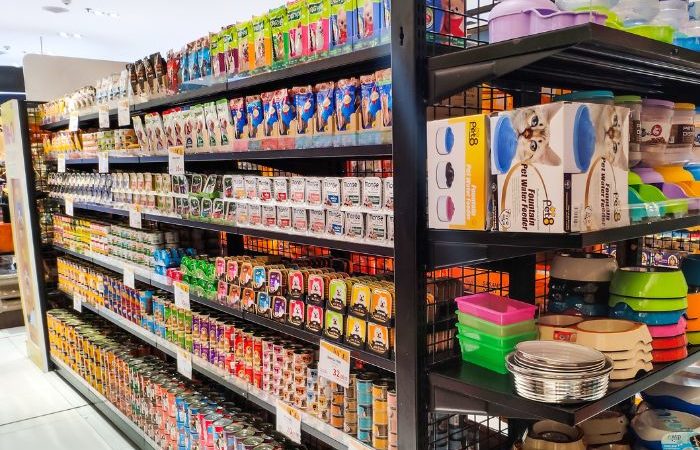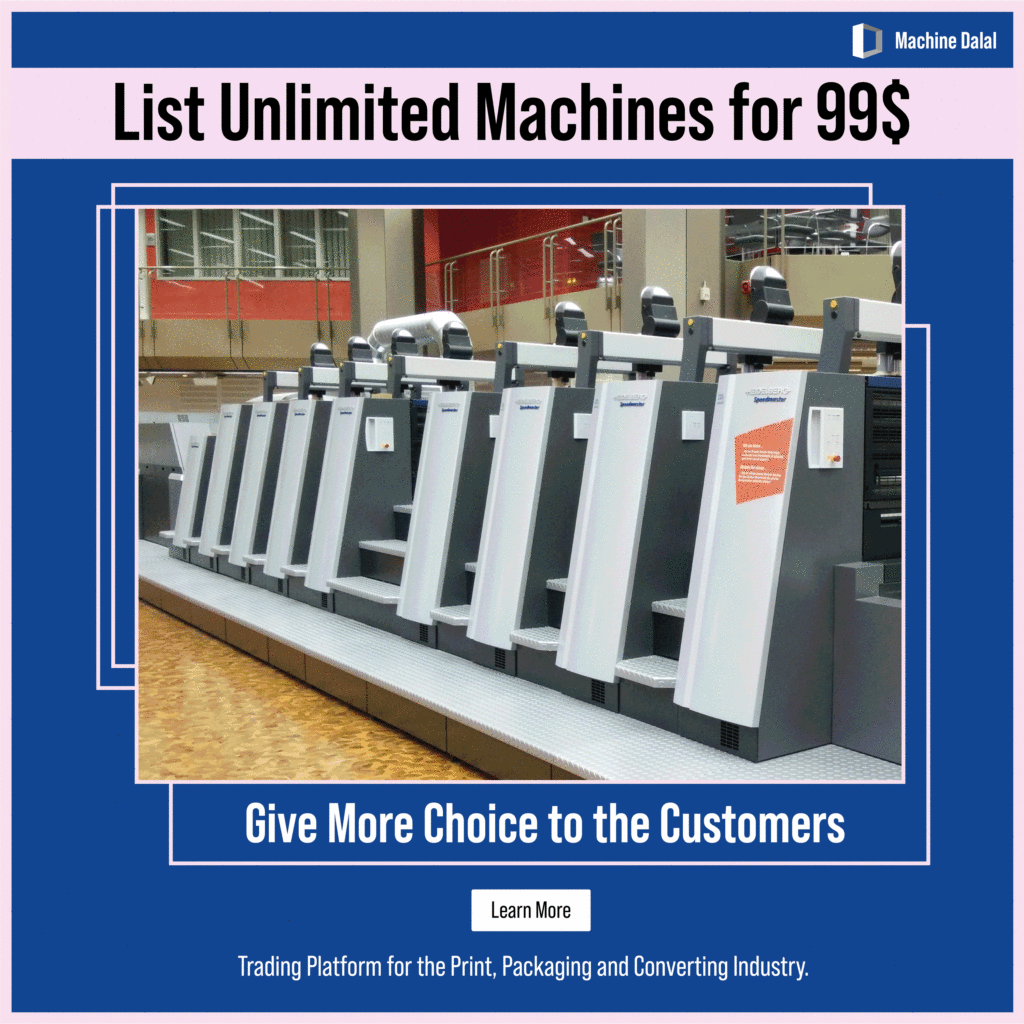Jeff Bezos famously said, “Your brand is what other people say about you when you are not in the room.”
Marketers are continuously being confronted with new difficulties in the consumer market. Enduring major changes in the economy, in addition to growing competition from private brands, is a significant challenge.
So, consumers are bombarded with an overwhelming amount of information, brands are constantly looking for ways to stand out from the crowd. One of the tactics that brands use to grab users’ attention is repackaging.
Repackaging is the process of changing the packaging of a product without altering its contents. Basically, it is a new packaging of the product with another theme or innovation to attract consumers. It is a relatively new concept and nowadays, frequently used in changing brand perception.
Strong brands can tell the company’s story and advance its message while rendering a distinct personality in a crowded marketplace.
Creating a visual identity for a business that people really like requires a lot of effort. Repackaging is a crucial part of this process, from coming up with ideas and drawing to designing and telling a story. It’s like ‘final point of contact’ so to speak, with the consumer on the brink of making a purchase decision.
Repackaging helps brands reposition themselves to reach new consumer demographics. It requires leaning into market research, competitor analysis, and insights to inspire an unforgettable design. It requires coming full circle – retaining elements of where the brand started, where it intends to go, and how it wants to impact consumer behavior.
Repackaging is a great marketing tool in an environment where constant innovation and increasing competition keeps the best of brands on their proverbial toes. When done right, repackaging can breathe a fresh lease of life into stagnated or matured products putting them back into the growth stage.
The importance of repackaging in marketing
Repackaging is an important tool in the marketing industry. It can help brands to differentiate themselves from their competitors and to attract new customers.
Repackaging can have a significant impact on consumer behavior. Studies have shown that consumers are more likely to buy a product if it is packaged in an attractive way. In addition, consumers are more likely to pay more for a product if it is packaged in a high-quality way.
Perceived Value Enhancement
Repackaging often leads to a perceived improvement in the product’s value. Consumers associate a fresh, modern packaging with a better or upgraded product, influencing their willingness to pay a premium.
Increased Attractiveness
A visually appealing and refreshed package captures attention and creates a positive impression. Consumers are more likely to explore and consider a product with an attractive package, impacting their ultimate buying decision.
Emotional Connection
Repackaging can evoke specific emotions through design elements, colors, or imagery. Emotional connections play a crucial role in consumer decision-making, as products associated with positive emotions are more likely to be chosen.
Differentiation
In competitive markets, repackaging helps products stand out on shelves. The differentiation achieved through a new package can sway consumers toward choosing one product over another, especially when faced with numerous options.
Brand Loyalty and Trust
A successful repackaging can reinforce or build brand loyalty. Consumers who have positive experiences with the new packaging may develop stronger trust in the brand, influencing repeat purchases and brand allegiance.
Case study: Heinz Ketchup
In 1876, Heinz introduced their product to the world in a clear glass bottle. The goal was to showcase the purity and quality of their products to their consumers. Hence the glass bottle. Even today, a lot of brands prefer to sell their ketchups in a glass bottle.
In 1889, Heinz changed the shape of their glass bottle to an octagonal shape to make sure that their product stood out.

Heinz ‘Octangonal Shaped’ Bottle
Now in 1968, Heinz decided to introduce aluminum foil laminated food service ketchup packets. They just made their product a lot more portable. So for those looking to buy ketchup to carry along with them on a picnic for example, Heinz became an attractive option.
In 1983, Heinz did something quite revolutionary. They introduced the plastic squeeze bottle, eliminating the need for tapping the glass bottle.
The new design made it easy to get the ketchup out of the bottle. It meant no more hand slapping the glass bottle.
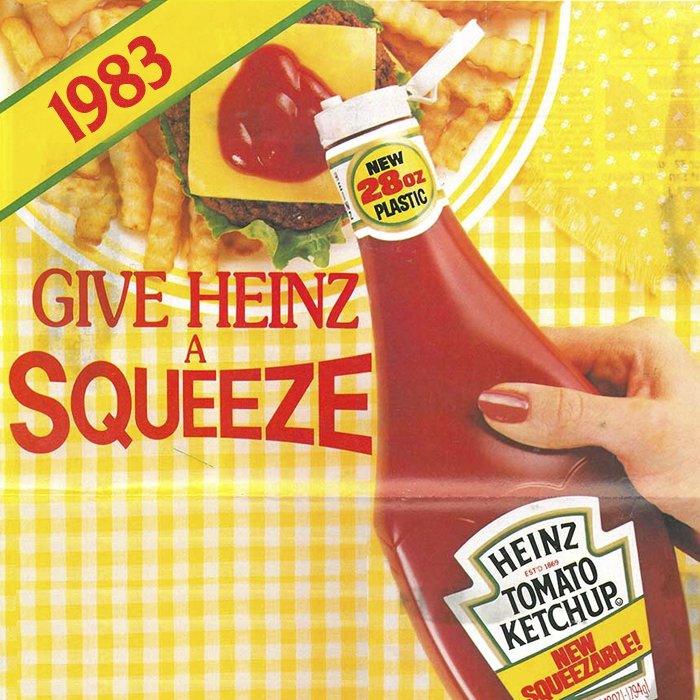
Heinz ‘Squeeze Bottle’
Consumers could just squeeze the bottle and be done with it. Something that their competitors could not offer.
A further update to the squeeze bottle came in 2002.
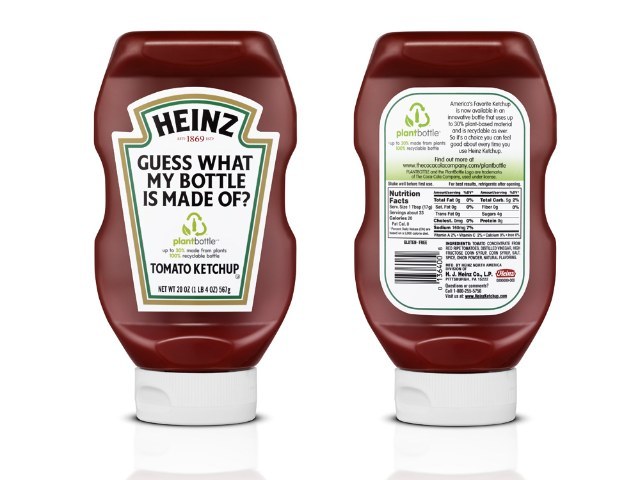
Heinz ‘Upside Down Squeeze Bottle‘
Heinz debuted their upside-down squeeze bottle. This was done to make it less messy and to reduce the squeezing action a bit. It meant that the consumers now needed to put in less effort to get the ketchup out.
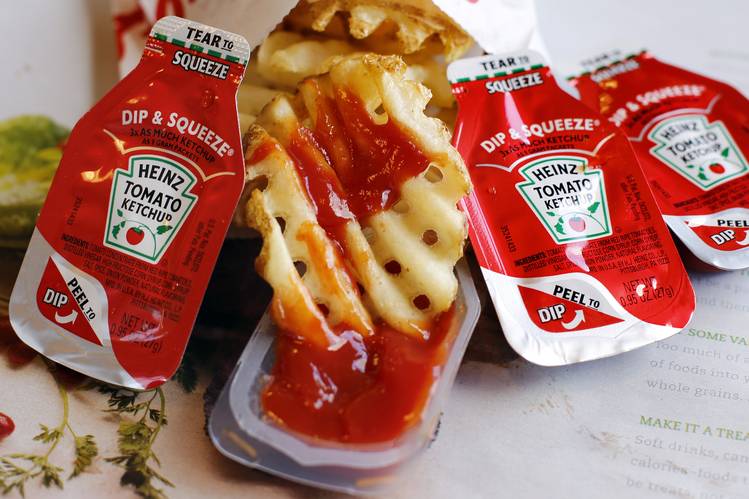
Heinz ‘Dip & Squeeze’
In 2010, Heinz created the ‘Dip & Squeeze’ packets to offer more ways to enjoy ketchup. Customers can peel the packet to dip or tear the packet at the top and squeeze out the ketchup.
In order to become more sustainable and eco-friendlier, using the tech from the Coca-Cola Co, Heinz introduced the new fully recyclable plastic ketchup bottle. This showed the consumers that the company is committed to reducing its carbon footprint.
Heinz decided to repackage its ketchup bottle regularly and chose to innovate & stay dynamic and flexible & adapt their product to this fast-evolving world.
However, repackaging can also have a negative impact on consumer behavior. If consumers feel that they have been misled by a brand’s repackaging, they are less likely to trust that brand in the future.
Consumers are becoming increasingly savvy and can see through many of the tricks that brands use to grab their attention. For example, a brand might use bright colors or flashy graphics to distract users from the fact that the product is not very good. Repackaging can also be used to make a product appear more expensive than it actually is. By using high-quality packaging materials, a brand can create the impression that the product is of a higher quality than it really is.
One of the most famous examples of a brand using repackaging as a diversion tactic is Tropicana. In 2009, Tropicana redesigned its packaging to make it look more modern and sleeker.

Tropicana’s changed packaging
However, the new packaging was not well received by consumers, and sales of Tropicana’s orange juice plummeted. Tropicana eventually had to revert to its old packaging design.
Another example is Pepsi. In 2009, Pepsi redesigned its logo to make it look more modern. However, the new logo was widely criticized, and many consumers felt that it was too similar to the logo of Pepsi’s main competitor, Coca-Cola.
Conclusion
Repackaging draws in the customer’s attraction regarding a specific brand, improves its image, and influences shopper’s perception regarding the product. Also, it gives unique incentive to the product, works as an instrument for differentiation, i.e., encourages buyers to pick the product from wide scope of comparative products, stimulates clients purchasing behavior.
Machine Dalal platform is preferred by the buyers and sellers from the global print industry to get directly connected with each other and trade their machinery.
Visit the Machine Dalal website or simply download our app onto your Android or iOS smartphone.
